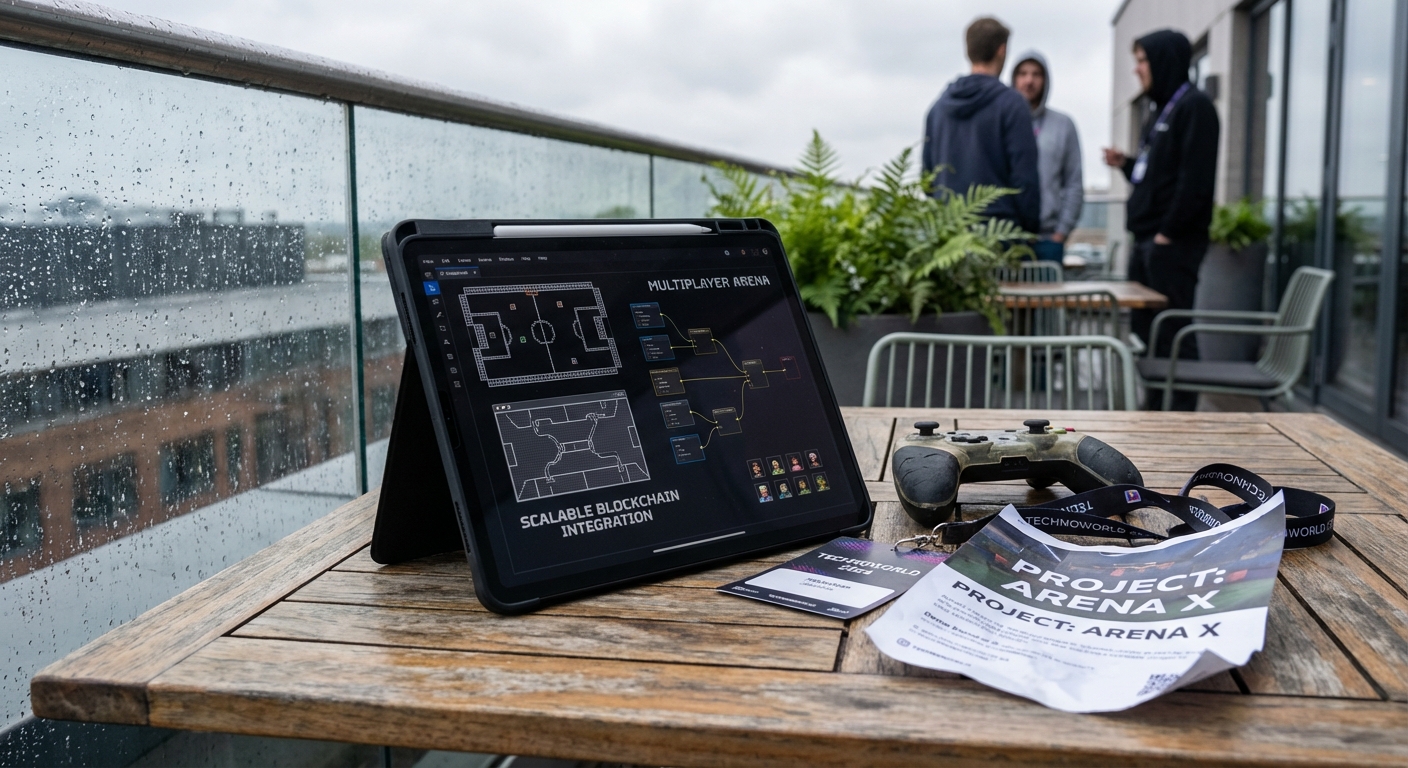Launching Mini-Games On-Chain: How One-Click Deployment and Bonding Curve Tokens Are Changing GameFi
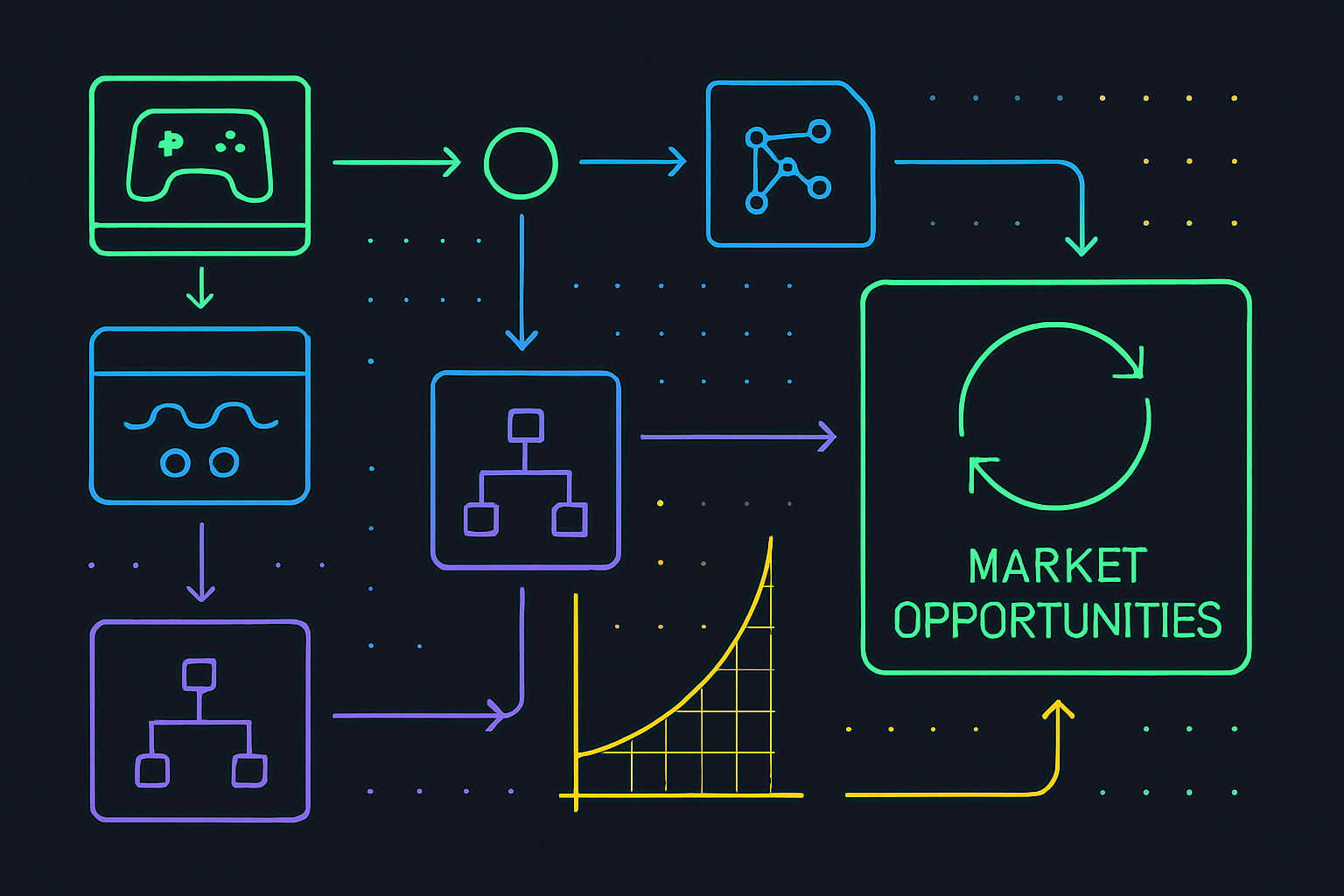
GameFi is in the midst of a rapid transformation, fueled by two defining innovations: one-click deployment of on-chain mini-games and the integration of bonding curve tokens. These advancements are not just technical upgrades; they are fundamentally reshaping how players interact with blockchain games and how developers approach game launches. For anyone tracking the evolution of Web3, these trends signal a new era where launching a game is as simple as clicking a button, and token economies dynamically adapt in real time.
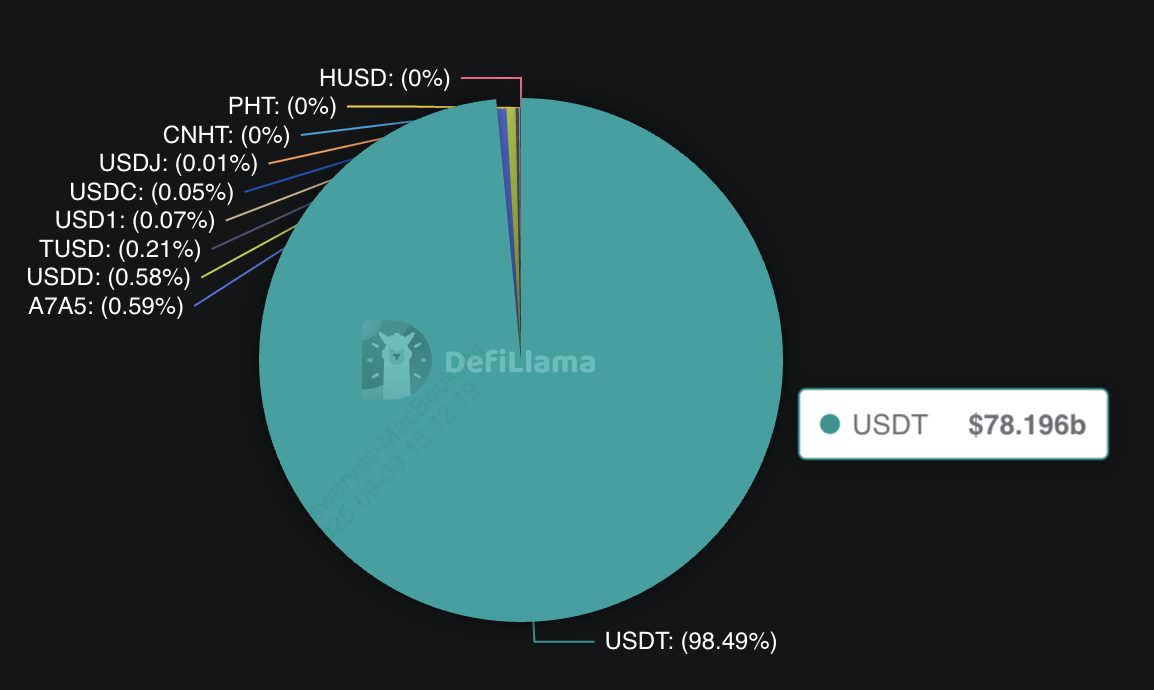
How One-Click Deployment is Democratizing On-Chain Mini-Games
Gone are the days when launching a blockchain game required months of development, complex integrations, and costly audits. Platforms like Game Space have pioneered rapid on-chain mini-game deployment, turning classic game concepts into blockchain-powered experiences in under a week. Their 2022 release, Goat! Goat!, demonstrated the power of this approach by attracting over 600,000 weekly active users immediately after launch. The secret? A frictionless setup process paired with NFT-based rewards that keep players engaged and coming back for more.
This one-click paradigm is lowering technical barriers for indie developers and established studios alike. By abstracting away blockchain complexities, creators can focus on gameplay innovation rather than infrastructure headaches. As a result, we’re seeing an explosion of experimental titles that leverage smart contracts for everything from scorekeeping to provably fair randomization.
The Rise of Bonding Curve Tokens in GameFi Economies
While seamless deployment brings games to life faster than ever, it’s the use of bonding curve tokens that is revolutionizing in-game economies. A bonding curve is a mathematical model embedded in smart contracts that ties token price directly to its circulating supply; as more tokens are purchased (minted), their price increases automatically. This model creates predictable liquidity and incentivizes early participation without requiring manual intervention or centralized market makers.
Pump. fun’s memecoin launchpad on Solana stands out as an example where bonding curves have redefined community engagement. Here, initial buyers pay the token deployment fee through their purchases, while creators are rewarded when the bonding curve completes its cycle. This approach ensures liquidity from day one and aligns incentives between developers and players, a stark contrast to traditional ICOs or static token sales.
Key Benefits of Bonding Curve Tokens in GameFi
-
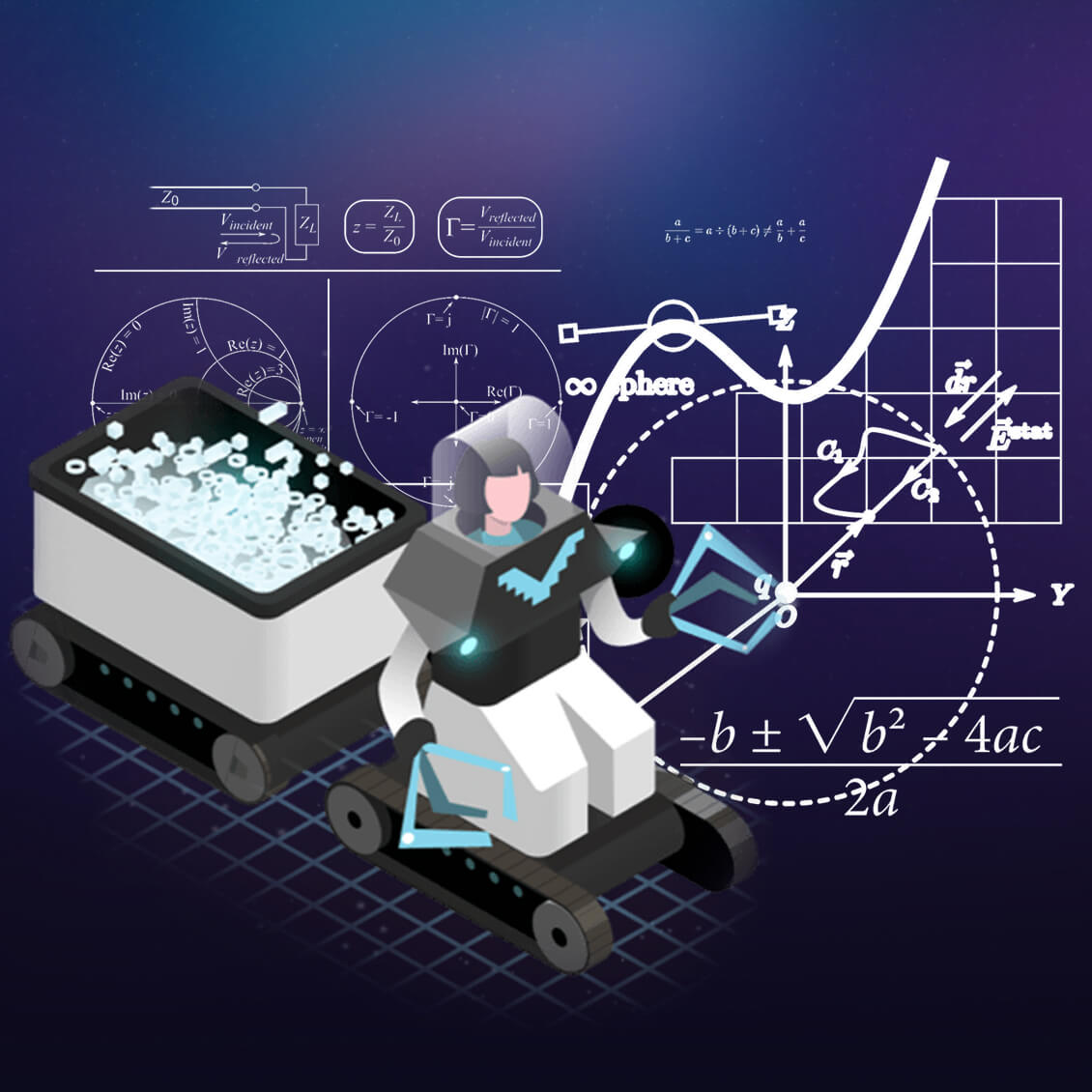
Automated and Transparent Pricing: Bonding curve tokens use smart contracts to dynamically adjust token prices based on supply, ensuring transparent and predictable pricing for players and developers alike.
-
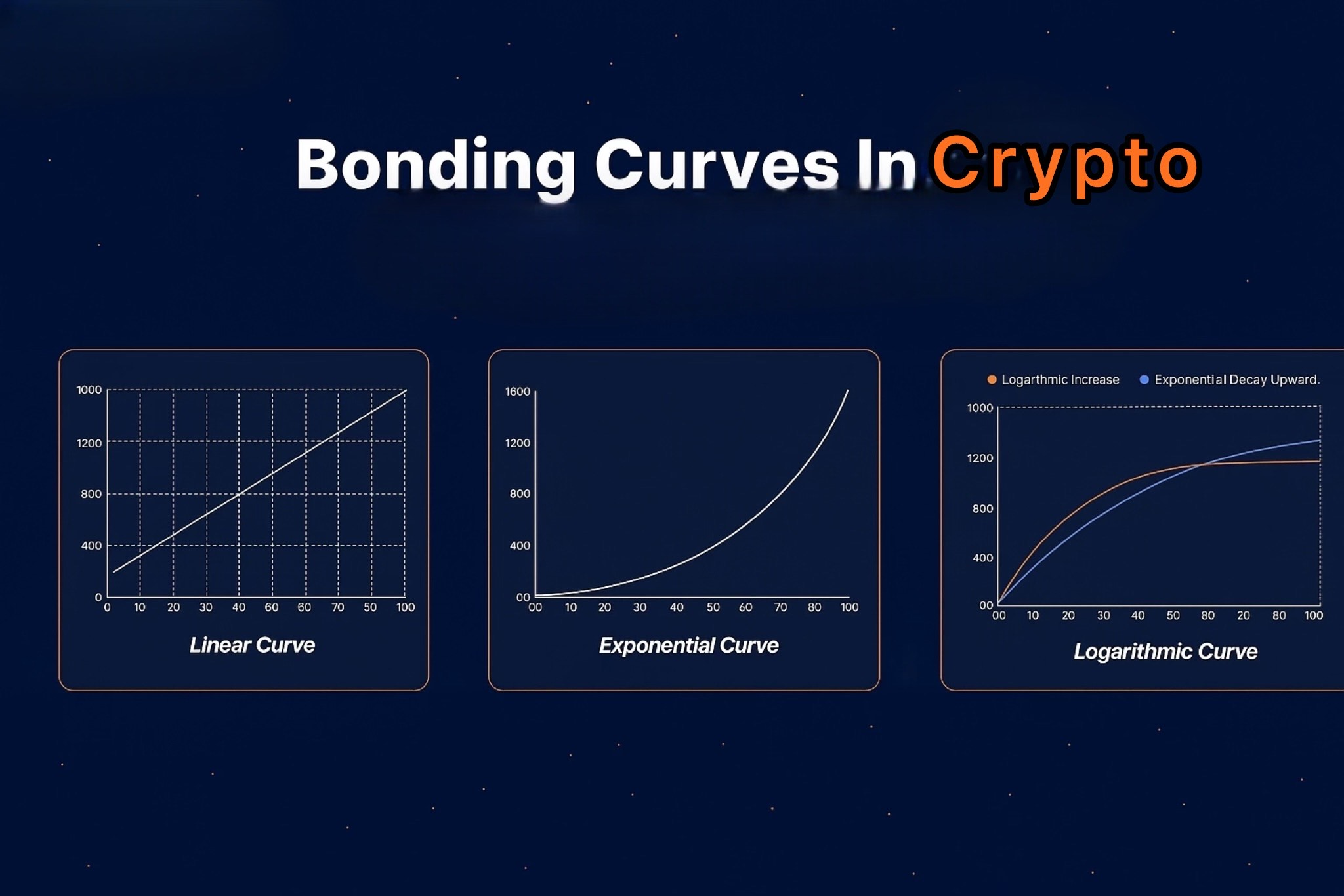
Continuous Liquidity: Platforms like Pump.fun utilize bonding curves to guarantee liquidity at all stages of a token’s lifecycle, allowing users to buy or sell tokens at any time without waiting for counterparties.
-
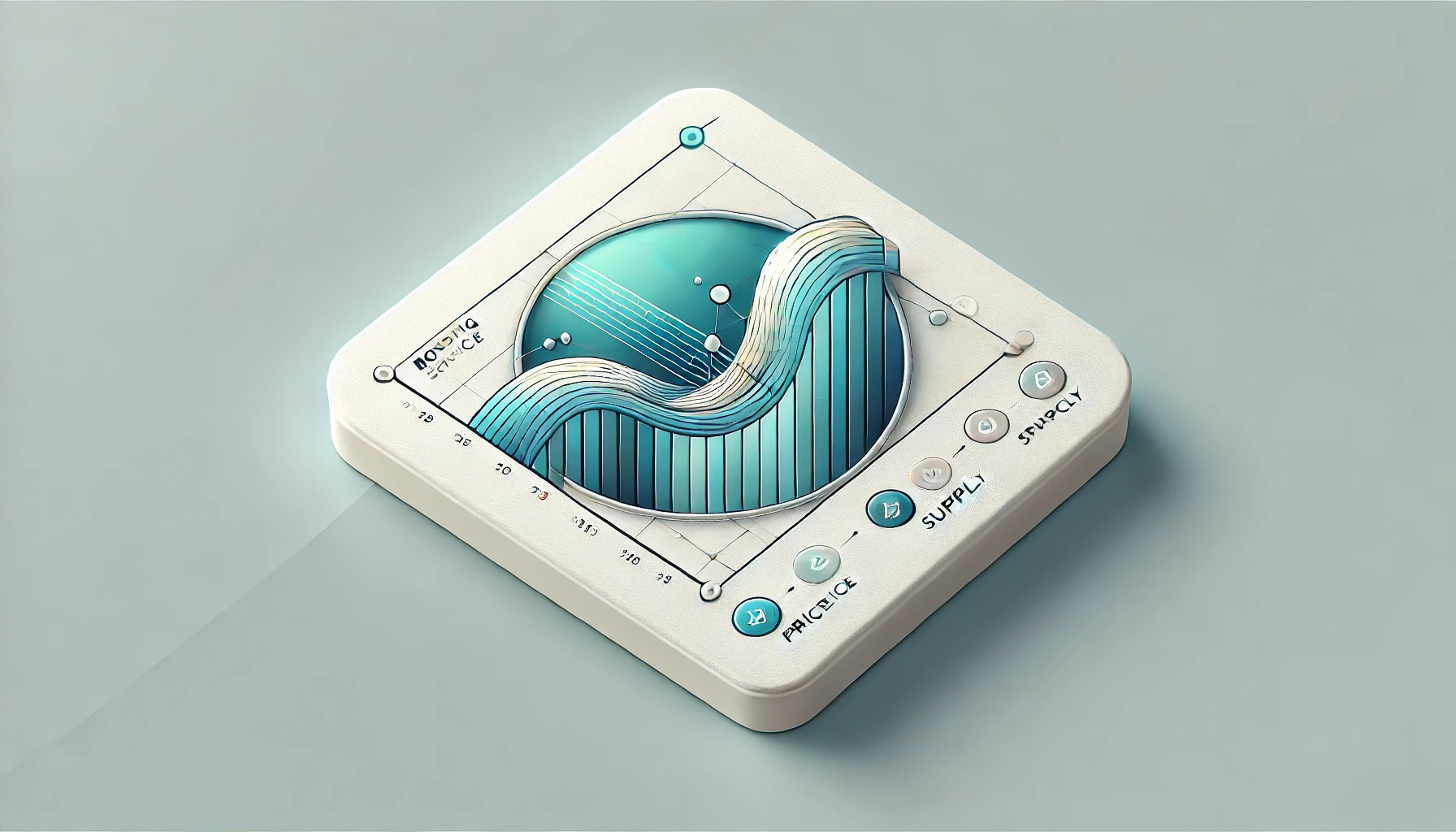
Incentivized Early Participation: As token prices increase with demand, early adopters benefit from lower entry prices, which encourages rapid community growth and engagement in new GameFi projects.
-
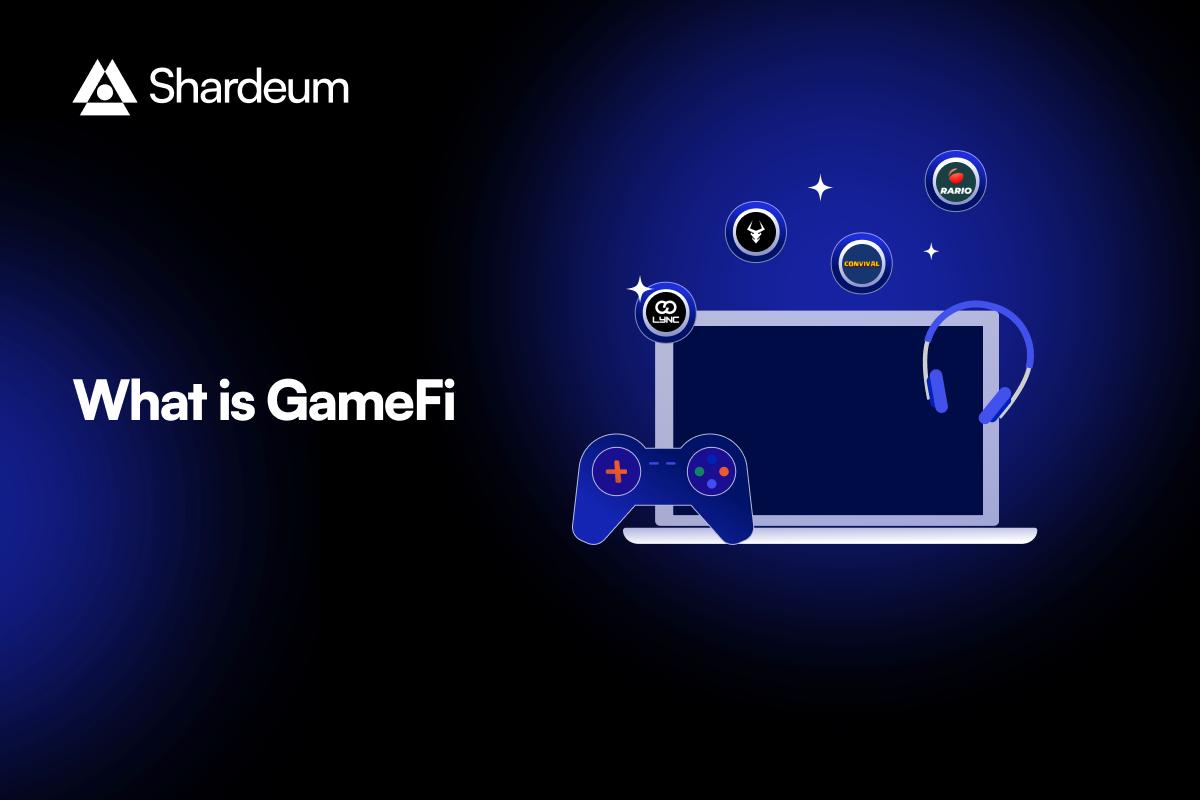
Aligned Developer and Player Incentives: By shifting deployment fees to initial buyers and rewarding creators when the bonding curve completes (as seen on Pump.fun), both developers and players are incentivized to participate and promote healthy in-game economies.
-
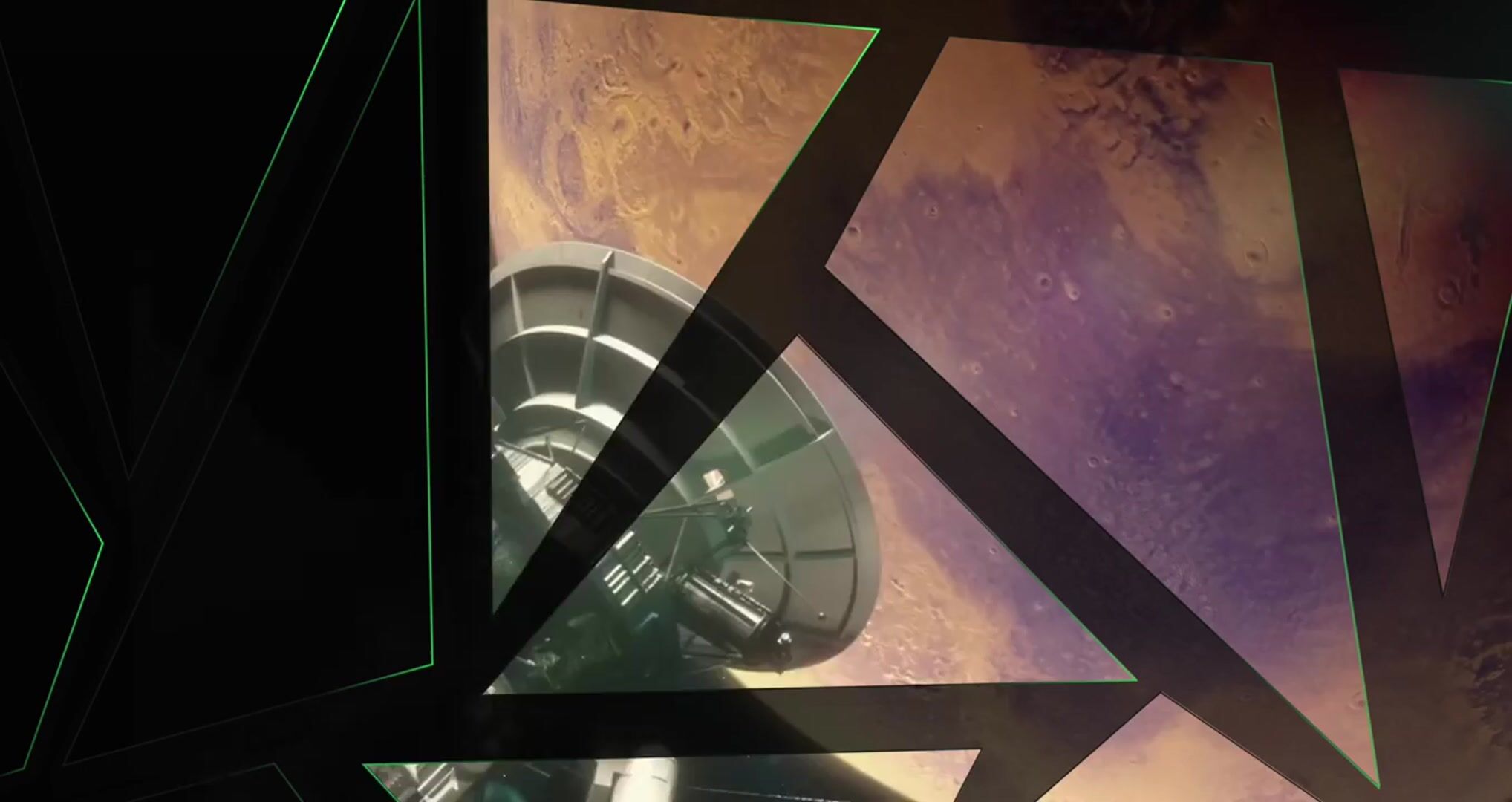
Seamless Integration with On-Chain Mini-Games: Bonding curve tokens can be easily integrated into on-chain mini-games launched via platforms like Game Space, enabling dynamic economies and NFT-based rewards that boost user engagement.
Emergence of Dedicated GameFi Chains: Scaling Up for Mass Adoption
The momentum doesn’t stop at individual games or token models. Entire blockchains purpose-built for GameFi are emerging to meet demand for lower fees and higher throughput. For example, Gotchichain, powered by Polygon’s Supernets technology, aims to be a hub for Aavegotchi NFTs, offering reduced transaction costs and near-instant interactions tailored specifically for gaming use cases.
This infrastructure shift means that high-frequency actions like item trading or tournament participation can happen seamlessly on-chain without pricing out casual players. In turn, developers gain access to robust ecosystems where their games can scale alongside user demand.




